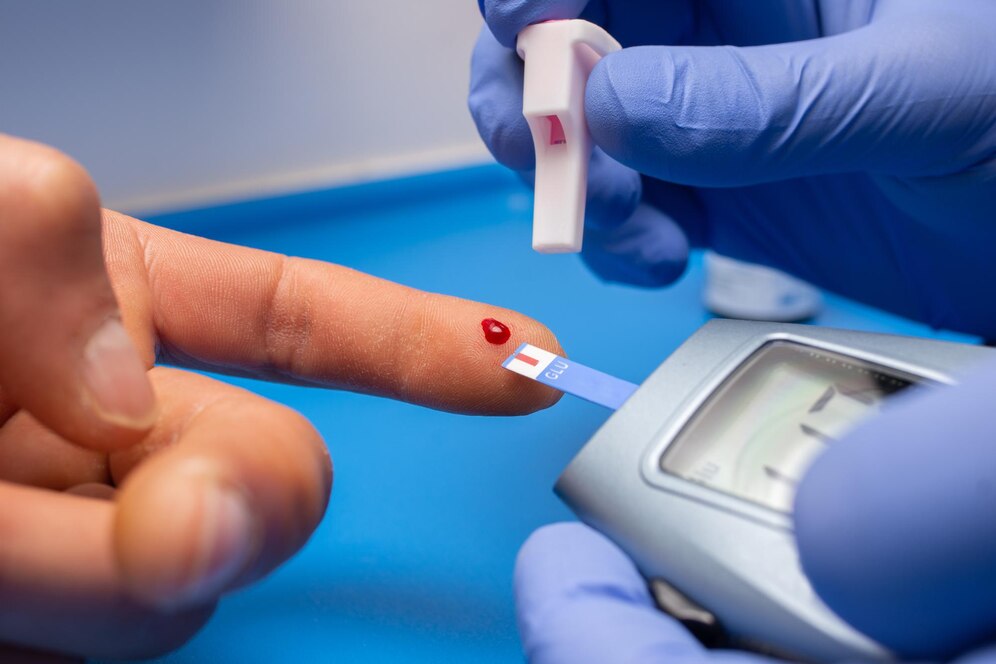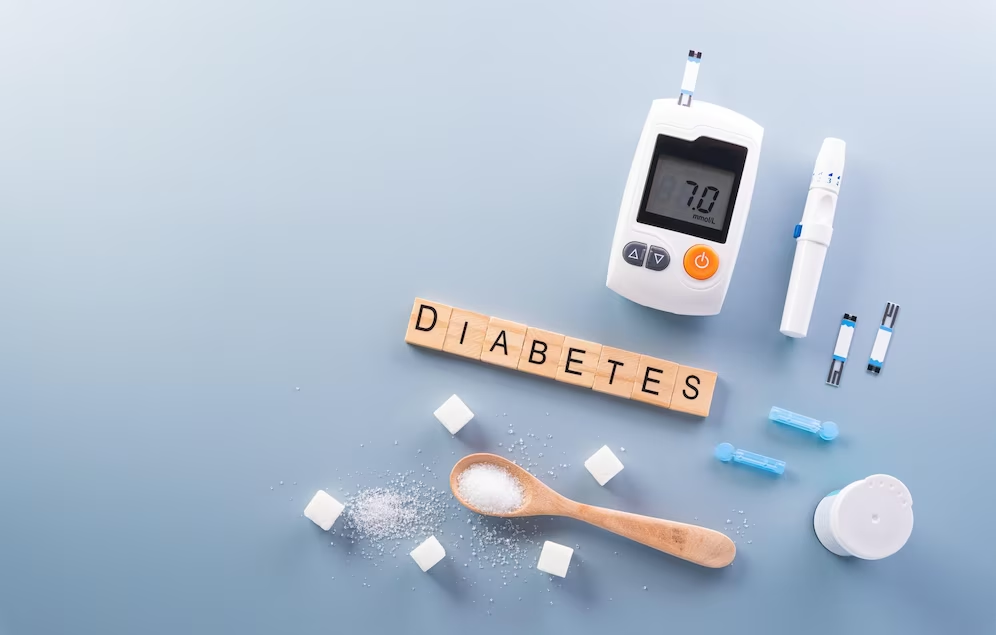Diabetes is a rapidly growing serious health problem globally, and people of almost all ages are at risk. There are four main types of diabetes – prediabetes, type-1, type-2, and gestational diabetes. However, the most discussed in this is type-1 and type-2 diabetes. According to statistics, more than 462 million (462 crore) people around the world are suffering from type-2 diabetes, its risk is increasing year after year.

Do you know the difference between Type-1 and Type-2 diabetes, are its symptoms also different? Let us know about this in detail.
Type-1 and Type-2 diabetes
First, know about these two types of diabetes.
Type 1 diabetes is an autoimmune disease that can develop suddenly and is genetically predisposed to it. Whereas type-2 diabetes often develops over time. Obesity and lack of exercise along with disturbances in lifestyle and diet are considered to be its major risk factors. You can be at risk of this type of diabetes at any age.
Which people are at risk of this?
The risk factors for type 1 diabetes are less clear than the risk factors for type 2 diabetes.
Risk of Type-1 Diabetes – People whose parents or siblings have Type-1 diabetes have a higher risk of developing it. It is most common in children and teenagers.
At the same time, the risk of type-2 diabetes is considered to be related to the disturbances in your lifestyle and diet. Being overweight or obese, being less physically active, and consuming too much-processed foods are thought to increase your risk of developing this type of diabetes.

How different are the differences between these two diabetes?
The symptoms are often similar in both type-1 and type-2 diabetes. People suffering from diabetes usually face the problem of frequent urination, excessive thirst, and hunger. As diabetes increases, problems like blurred vision, slow healing of cuts or wounds, and more infections than usual have been seen.
Which diabetes is more dangerous?
Both types of diabetic conditions can cause complications like heart disease, kidney disease, vision-related problems, and weakness of nerves and blood vessels. While patients with type 1 diabetes may require lifelong insulin shots, the complications of type 2 diabetes can be reduced by improving lifestyle and diet.
(PC: Freepik)










